How To Recognize and Recover from An Unusual Attitude
Northstar VFR
JUNE 8, 2025
Environmental Factors Turbulence : Turbulence from wind shear, mountainous terrain, thunderstorms, or microbursts can put your aircraft into an unusual attitude. Icing : Ice can build up on the control surfaces, causing loss of smooth airflow and lift. Performance degrades and could end in a stall and unusual attitude.

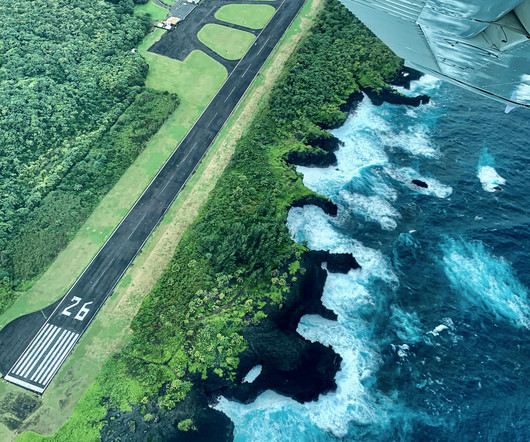

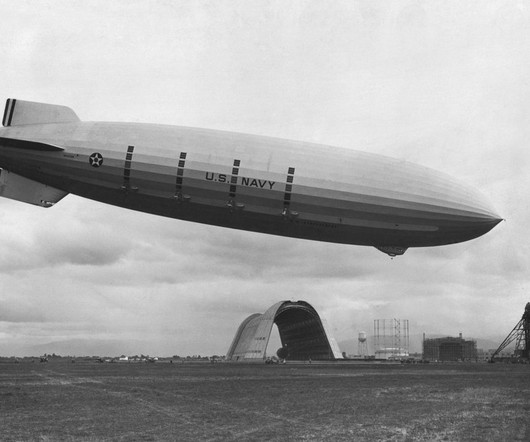





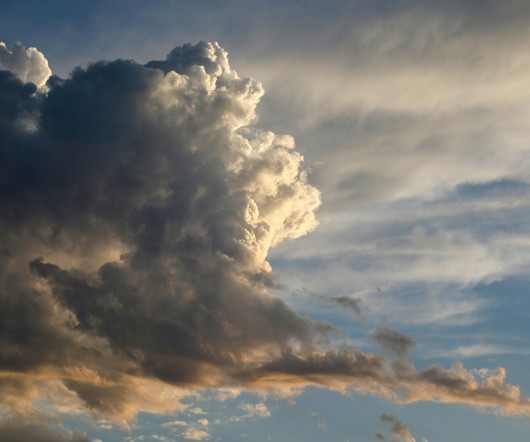
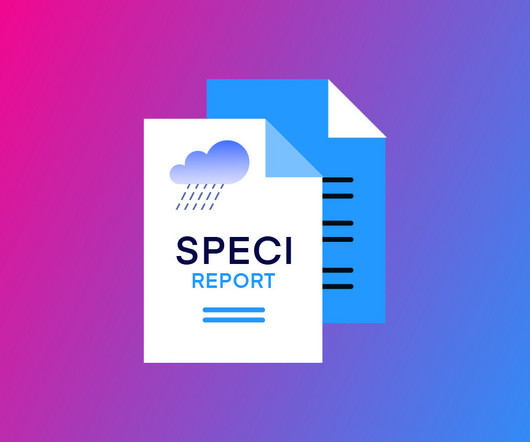

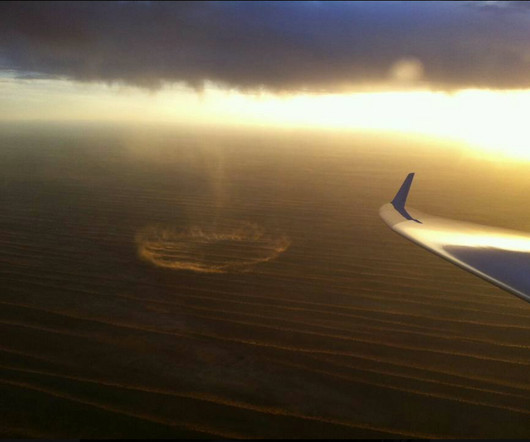

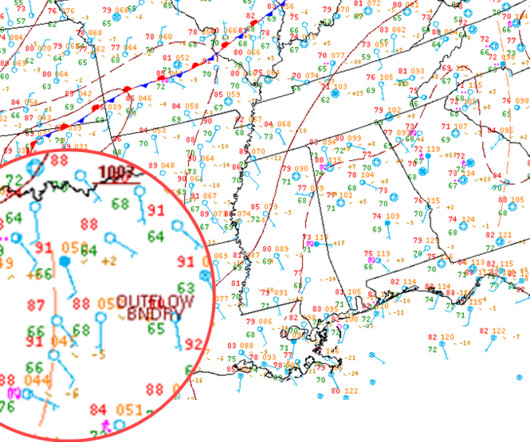
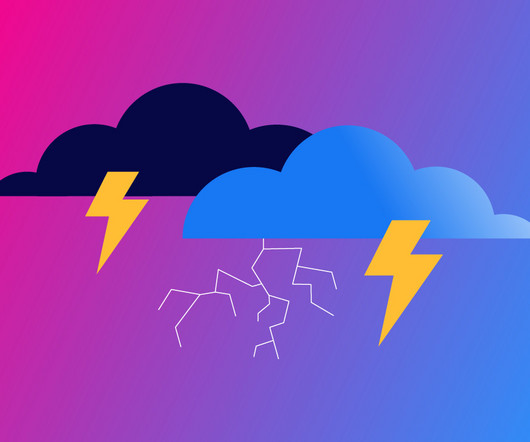


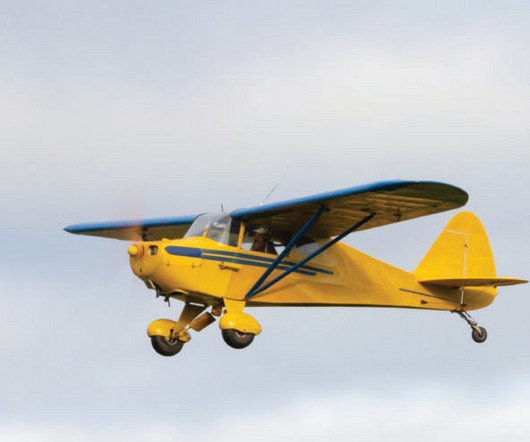






Let's personalize your content